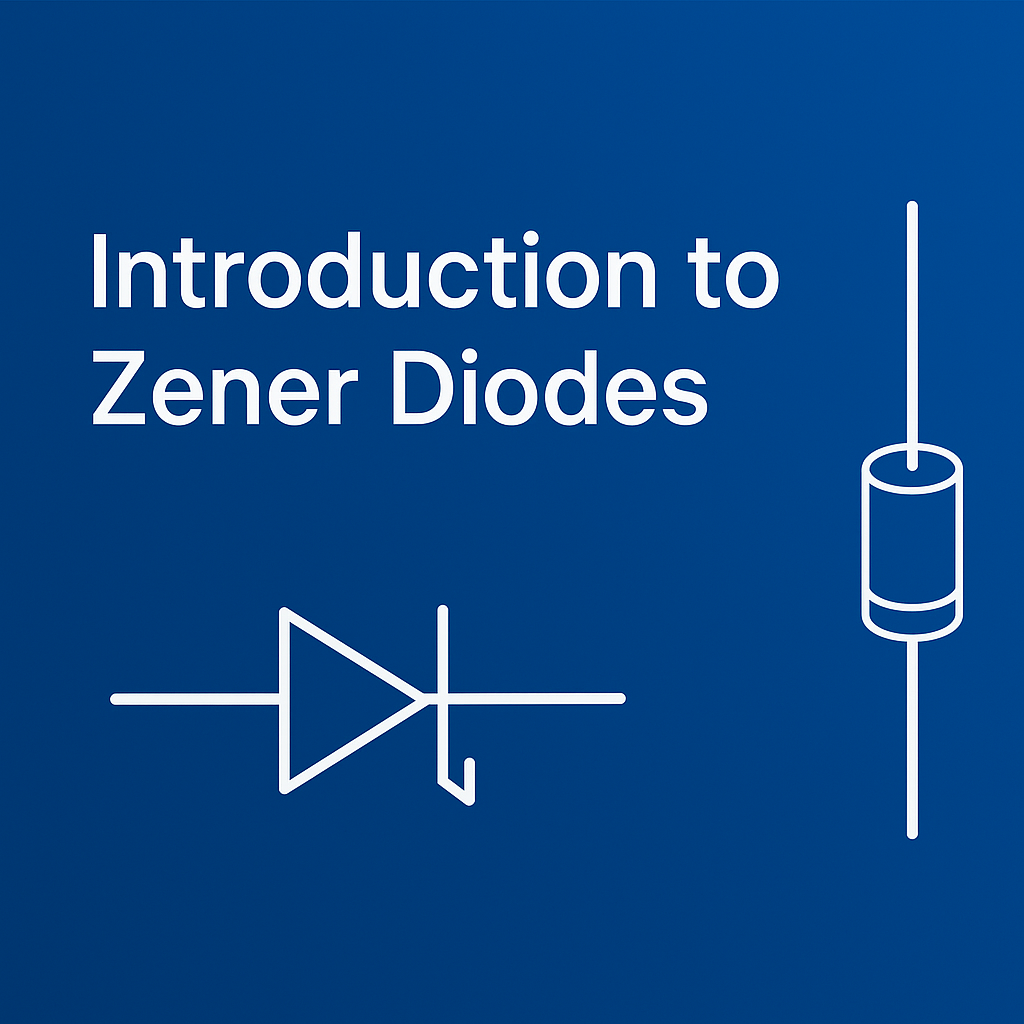Discover how Zener diodes work, including breakdown voltage, packages, and selection tips. Ideal for voltage regulation, overvoltage protection, and voltage reference. Available in DO-35, DO-41, SMA, and SMB packages, suitable for both industrial and consumer electronics applications.

1. What is a Zener diode?
A Zener diode is a special type of diode designed to operate in the reverse breakdown region. It maintains a constant voltage across its terminals when reverse-biased, making it ideal for voltage regulation, surge protection, and voltage reference circuits.
2. Working Principle
Under forward bias, a Zener diode behaves like a regular diode. However, when reverse biased and the applied voltage reaches its breakdown voltage (Zener voltage), it undergoes Zener breakdown. At this point, current increases rapidly while the voltage across the diode remains stable, enabling reliable voltage regulation.
3. Key Specifications
|
Parameter |
Description |
|
Zener Voltage (Vz) |
Constant voltage during breakdown |
|
Max Power Dissipation |
Max power the diode can dissipate |
|
Temperature Coefficient |
Rate of Vz change with temperature |
|
Dynamic Resistance |
Resistance in breakdown region |
|
Reverse Leakage Current |
Small current before breakdown |
4. Typical Applications
Voltage regulation in power supplies
Voltage reference in analog circuits
Overvoltage and surge protection
Digital circuit isolation and clipping
5. Selection Tips
Choose a Zener voltage (Vz) near your desired regulated voltage
Ensure adequate power rating (P = Vz × I<sub>load</sub>)
Consider dynamic resistance and thermal characteristics
Select appropriate package for thermal and mechanical constraints
6. Conclusion
Thanks to their simplicity and reliability, Zener diodes remain a vital component in modern circuit design. From compact electronics to industrial-grade systems, they offer effective solutions for voltage stability.